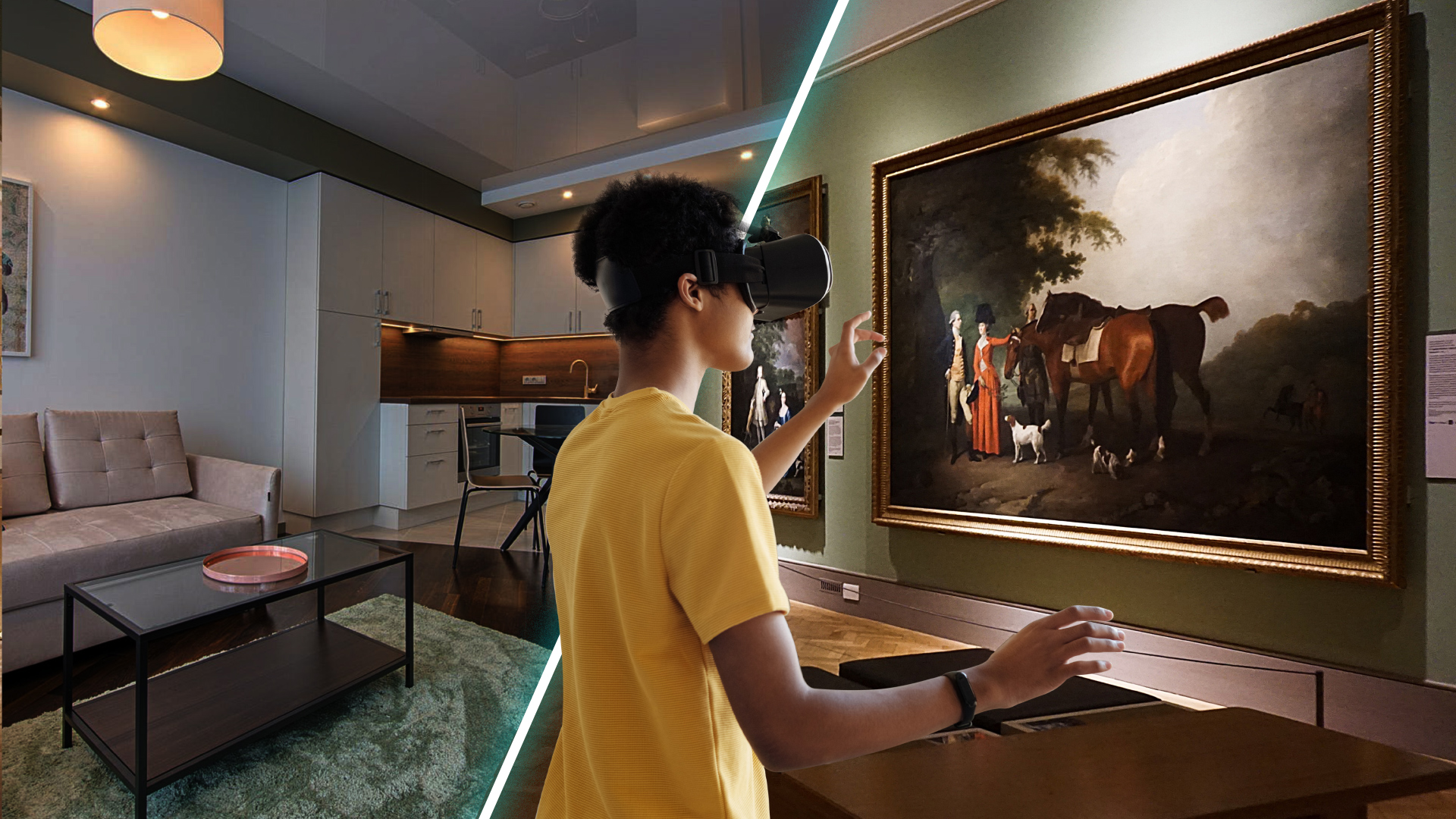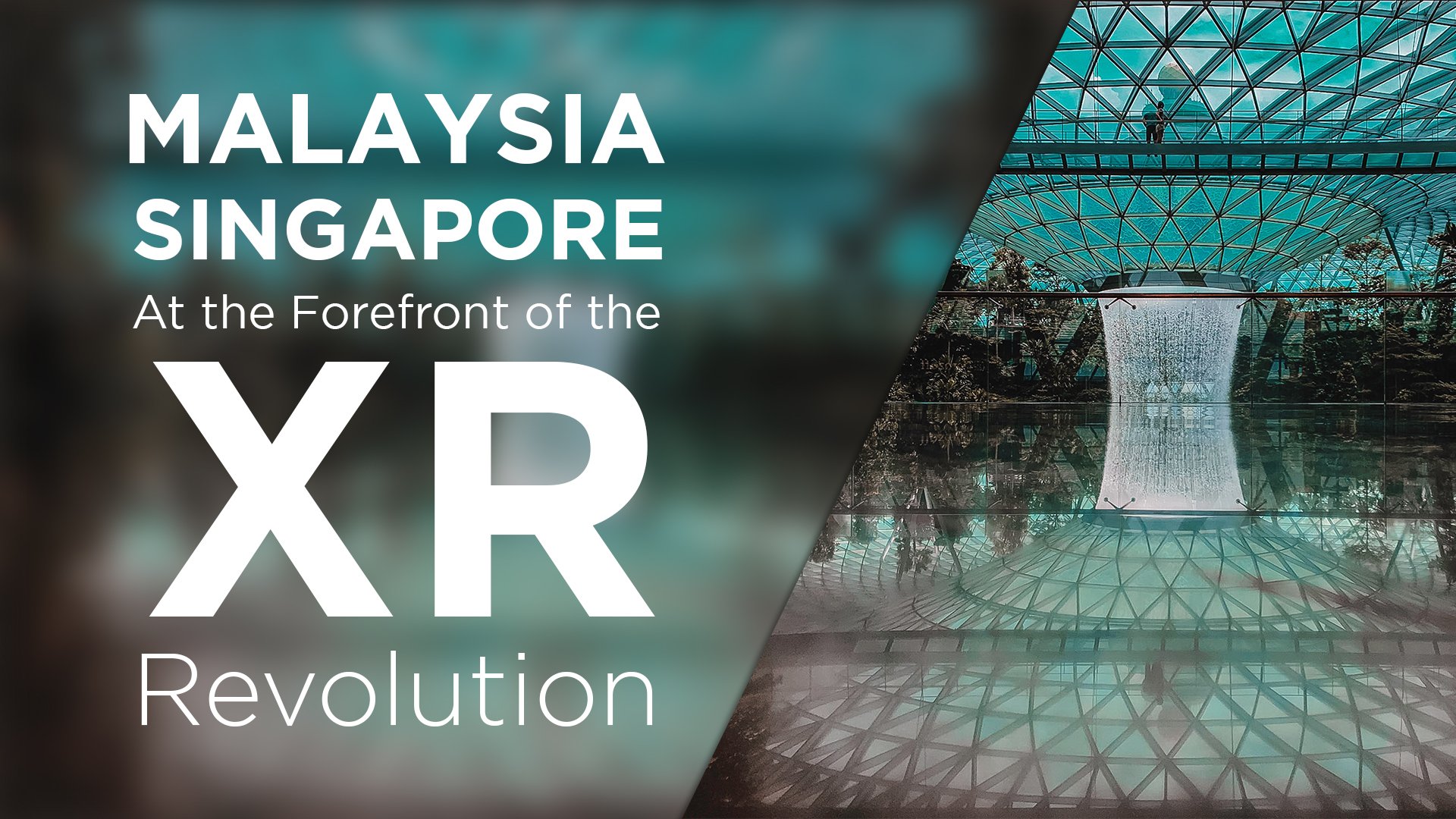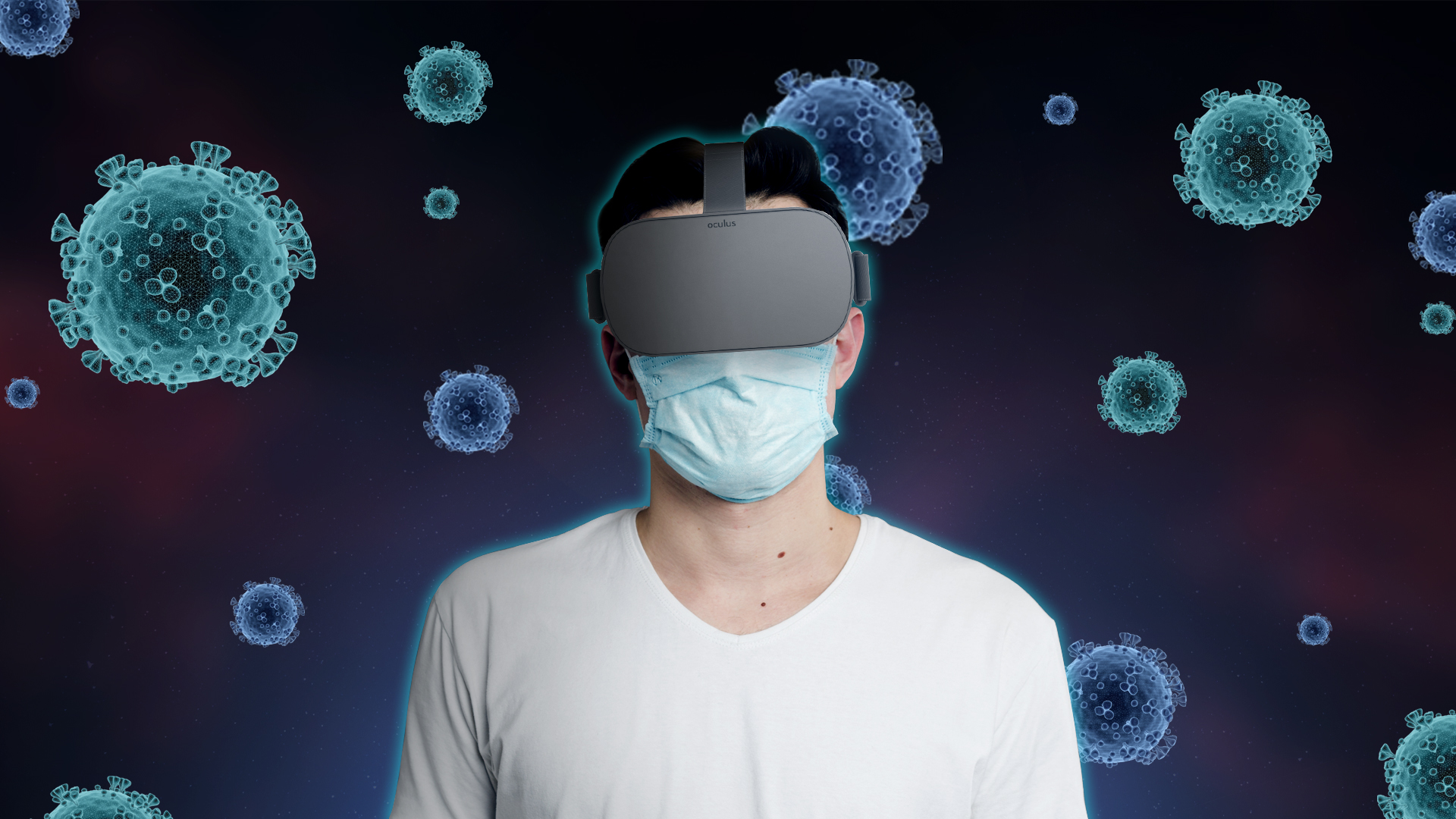Extended Reality has captured our lives in inexplicable ways. Many have begun to use Augmented Reality in their daily lives, while being completely unaware of it. With the onset of the COVID-19 pandemic, more organizations have had to go online. Extended Reality has enabled people to transform their homes into museums, beaches and literally any place they want it to be.
The worlds most famous museums on average have at least 2500 visitors a day.
This number has reduced and currently stands at only 200 visitors a day.
Museums need to reinvent themselves with technology to stay relevant and interesting
We human beings are social creatures. We love to visit places and have had to refrain from doing so owing to the safety norms associated with COVID-19. Thankfully, with the advances in Extended Reality, we can now visit any place virtually.
A museum is among the places that can be enhances or even replicated virtually through the power of Augmented Reality and Virtual Reality. A person can visit an entire museum within hours, without having to stand and wait in snaking queues and ticket sales counters, right from the comfort of their homes, all thanks to the power all pervasive and now ubiquitous Extended Reality.
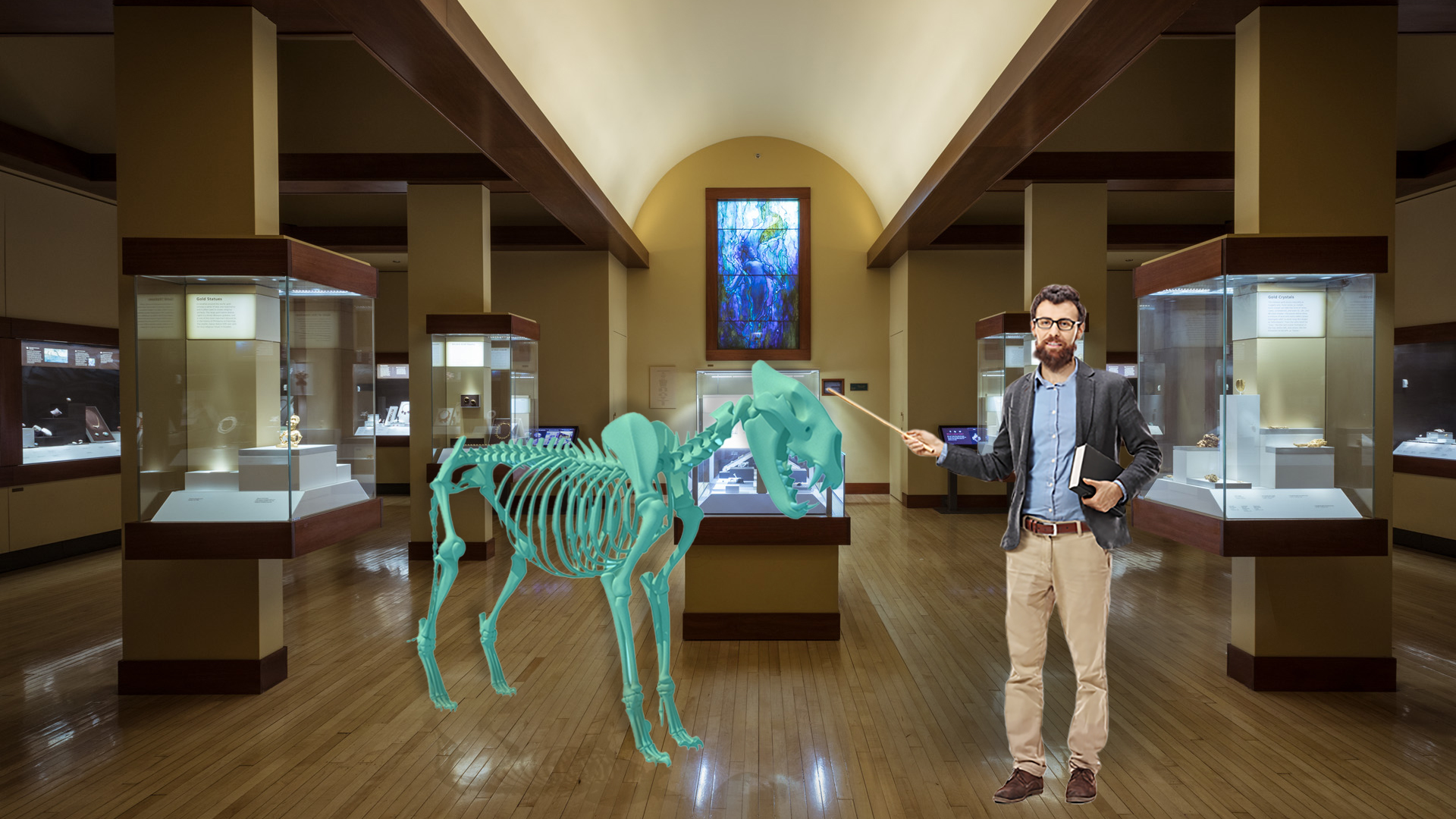
Why should Museums Adopt XR?
A Museum is a place where Time is Transformed into Space – Orhan Pamuk
An immersive and well-designed XR experience is considered to be an engaging way of presenting information, in such a way that it interacts with the visitors. Instead of presenting a standard display, organizations can use this technology to give visitors the chance to participate and to make meaningful intellectual connections that stimulate the imagination as scenes come to life. The content can take the form of video, text, 3D images or even a combination of multiple facets.
Museums around the world, have begun to adopt XR solutions and see continuing interest in their displays. Here are some ways in which Augmented Reality and Virtual Reality can add value to visiting museums.
XR Enabled Museum Experiences
- Museum at Home
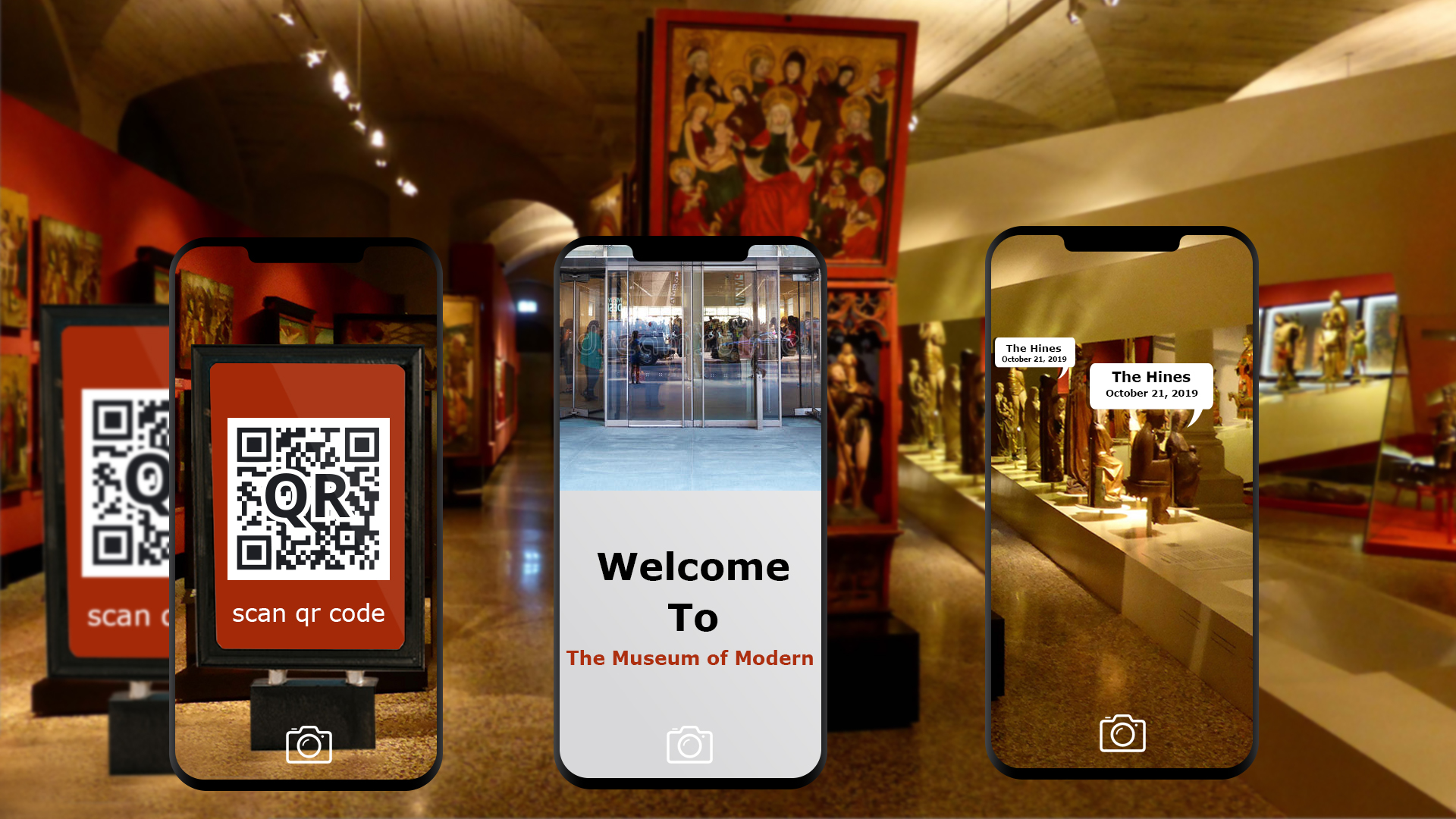


Any home or any room for that matter can be transformed into a museum or an art gallery within seconds. A person only needs a mobile phone to visit a museum right from their homes. Museums can offer an experience where people can open their website or scan a QR code to see specific exhibits of the museum through AR on their screens. This can serve as a preview for the museum, or help customers have a peek of the museum before deciding on the exhibits they would like to see in person when they visit the museum.
- Paintings come Alive
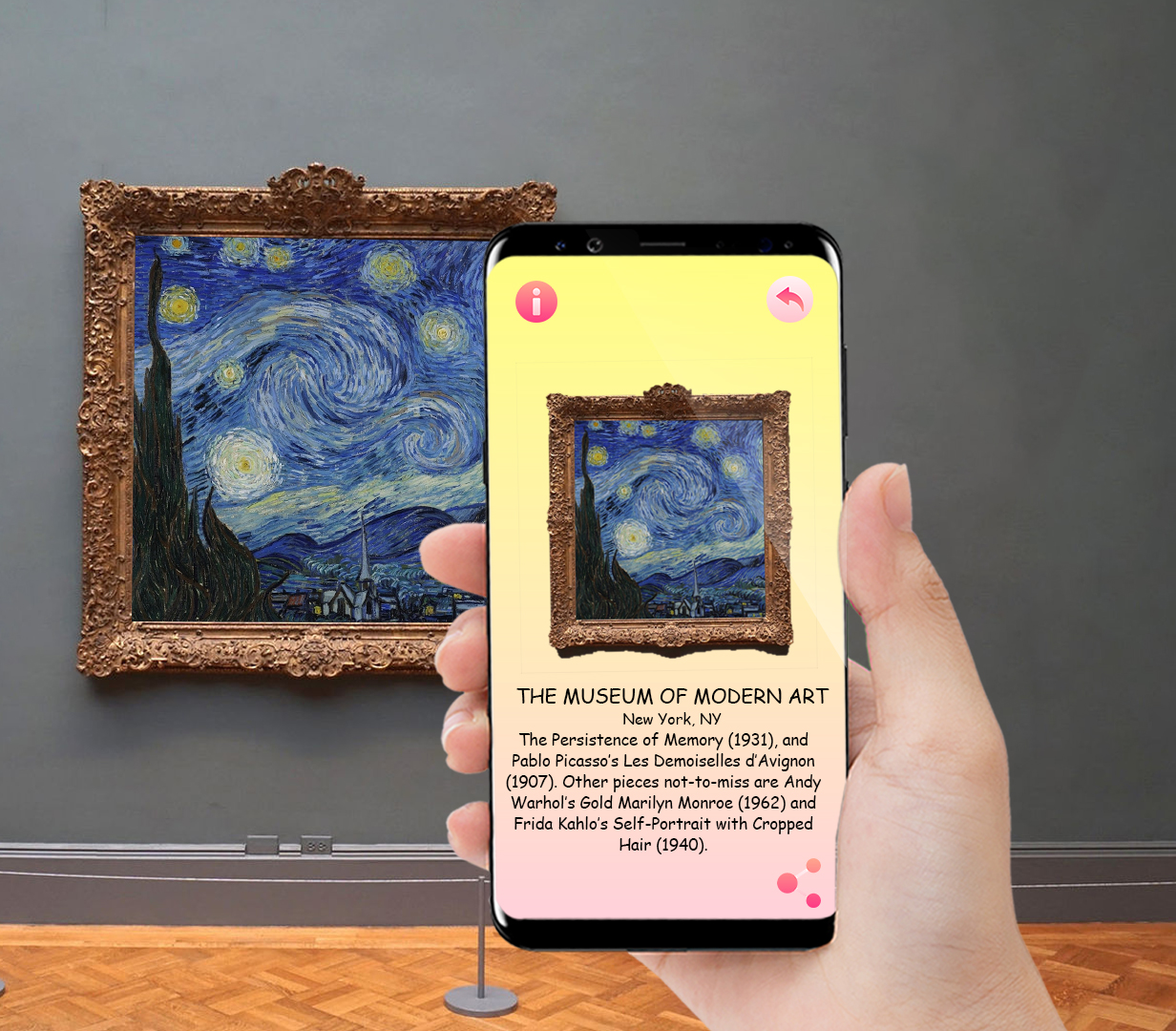


When museum visitors see a painting, they can scan the image with their mobile camera and watch the images come to life in 3D. They can collect virtual coins or tokens, or other artefacts based on the image. These images can also be animated and brought to life, like the moving images of Harry Potter and other fantasy movies.
This type of installation has been implemented in the National Museum of Singapore and some other museums across the world. In such exhibits, the Augmented Reality and Virtual Reality bridge the virtual and physical worlds and create a new interactive dimension.
- Time Travel with Extended Reality
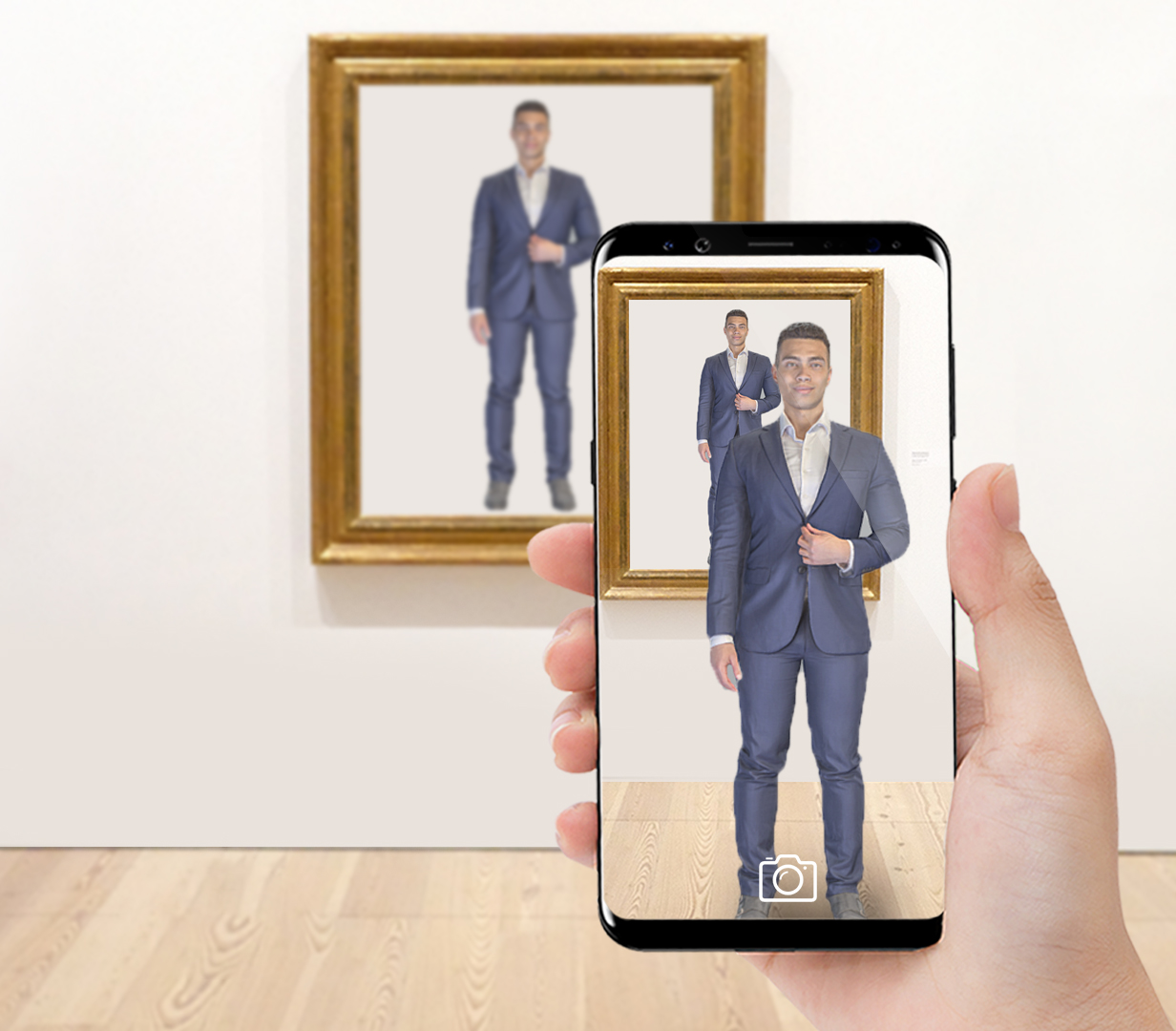


Most displays and pictures in museums depict the time period in which an event occurred. To give a more authentic and lifelike feel, why not transport the visitors into the era in which the event occurred. With a VR headset, visitors can be transported to an entirely different time period. From dancing with the dinosaurs to interacting with historic characters, everything can be made possible through Virtual Reality. Additionally, for a simpler solution a QR code may be placed near the exhibit, which the user can scan to be transported into a different time period altogether.
- Interactive AR Games
Interactive AR games or quizzes can make the museum visit more interesting. A treasure hunt of sorts can be arranged within the museum. Visitors will need to answer a series of questions, each of which will take them to a different display and ultimately lead them to a treasure. Similarly, interactive quizzes can be organized at every display to make the process of acquiring knowledge more fun and engaging.
A Dutch museum created an AR experience when people could ‘borrow’ articles virtually through an AR portal and place it in other places for other visitors to see. This activity was a major hit among museum visitors
- AR enabled Selfies
When people visit interactive museums such as Madame Tussauds Wax Museum, it is common to use the props in the museum for the purpose of taking photographs. For instance, a person may wear a cape and pose with the wax statue of Queen Elizabeth. However, with the pandemic unleashing its wrath in full force, people are now increasingly more sceptical to use props as they are shared and touched by thousands of people who visit the museum. In lieu of the props an AR enabled photobooth may be created to enable people to take pictures with their favourite celebrities and virtual props.
The Benefits of Going XR
Extended Reality offers museums and visitors a whole range of advantages. While going digital makes museums a cooler and more fun place to hang out in, it offers the visitors some really cool advantages :
- Visitors can visit exhibits without having to even go to the museum. In the times of COVID-19, this is an exciting proposition for it makes the otherwise drab and boring time spent within four walls fun.
- When people see an exhibit they might remember, but when they experience or interact with the exhibit, they will most certainly remember the exhibit.
- Integrating AR makes it easier to have voice descriptions that are suited for the blind.
- It replaces the need for a museum guide or tour guide and instead provides accurate and interesting facts right through the portal as it takes people through the museum.
The Potential is Limitless!
It is often said that the sky is the limit, however when it comes to XR, even the sky isn’t the limit. We can enter the smallest micro-organisms and be transports to out of the world galaxies through the power of Extended Reality.
XR makes museums compelling at attractive and fosters knowledge assimilation and sharing, which is the main purpose of museums indeed!
